I recently ordered the LightCraft Workshop Fader ND Mark II from their Australian eBay shop for AUD$129 delivered.
This is one of the class of variable Neutral Density filters and is adjustable between 2 to 8 stops of added density. Density changes when the front filter is rotated (similar mechanism to a CPL filter). I'd been considering a neutral density filter (something like an ND8 - 3 stops) to use during those times I wanted a longer shutter speed during brighter conditions (to smooth out flowing water for instance).
As I was out in the Blue Mountains last weekend taking photos of waterfalls it was an ideal time to try the filter out - although as it happens the very dull overcast conditions (perfect) we had meant that using the filter wasn't actually necessary to get a slow enough shutter speed to smooth the waterfalls so I didn't end up using this filter for most of my shots.
I did however take a sequence of test shots to show how it works.
First the baseline shot with no filters at all:
NIKON D90 + 17.0-50.0 mm f/2.8 @ 17 mm, 1/3 sec at f / 16, ISO 200
At the minimum setting - supposed to be around two stops but it looks to be more in the one and a half to two stops range:
NIKON D90 + 17.0-50.0 mm f/2.8 @ 20 mm, 1 sec at f / 16, ISO 200, Fader ND
Approx 3 stops:
NIKON D90 + 17.0-50.0 mm f/2.8 @ 20 mm, 2 sec at f / 16, ISO 200, Fader ND
Approx 4 stops:
NIKON D90 + 17.0-50.0 mm f/2.8 @ 20 mm, 4 sec at f / 16, ISO 200, Fader ND
Approx 5 stops:
NIKON D90 + 17.0-50.0 mm f/2.8 @ 20 mm, 8 sec at f / 16, ISO 200, Fader ND
Approx 6 stops:
NIKON D90 + 17.0-50.0 mm f/2.8 @ 20 mm, 15 sec at f / 16, ISO 200, Fader ND
There was more turn in the ring to go before reaching the maximum setting however there is a known weird cross polarisation effect which occurs at very high density settings and the wider the lens the more pronounced/noticable this becomes. This appears as a dark cross which starts to form over the image.
Below is a test shot showing this in effect at 17mm - I took this the day before down on the harbour in VERY bright conditions - the ambient scene had a shutter speed of 1/60th even at f/22 and the last shot below was taken at the maximum setting (actually a little beyond the max marking which accentuates the effect) with around 8 stops of light reduction (3 sec shutter) where the dark cross over the middle is evident.
Approx 8 stops:
NIKON D90 + 17.0-50.0 mm f/2.8 @ 17 mm, 3 sec at f / 22, ISO 200, Fader ND
So the pro's:
- given that it is a fixed filter it makes composing and focusing shots much easier without having to remove the filter - just dial the effect down to min to compose and focus (incl auto focus) and then dial it up
- basically appears to work fine between 2 and 6 stops for my reasonably wide 17mm lens
- mine has a 77mm rear thread for attaching and an 82mm front thread (to assist with not vignetting) - it also comes with an 82mm lens cap
The con's:
- if you use wide angle you can't really use it all the way to max (8 stops) otherwise you get weird effects on your image
- it appears to affect both the auto white balance and auto metering the stronger the settings - with my camera I found it tends to AutoWB to cooler and also starts to underexpose the higher you go - this may be normal with strong ND filters (I've never used any before) - this probably wouldn't be an issue for real world use where you aren't trying to take test shots at specific exposure combinations - you just set the WB (on camera or in post) and set the filter for the actual desired result for the scene you're shooting







 Thanks useful information:
Thanks useful information: 

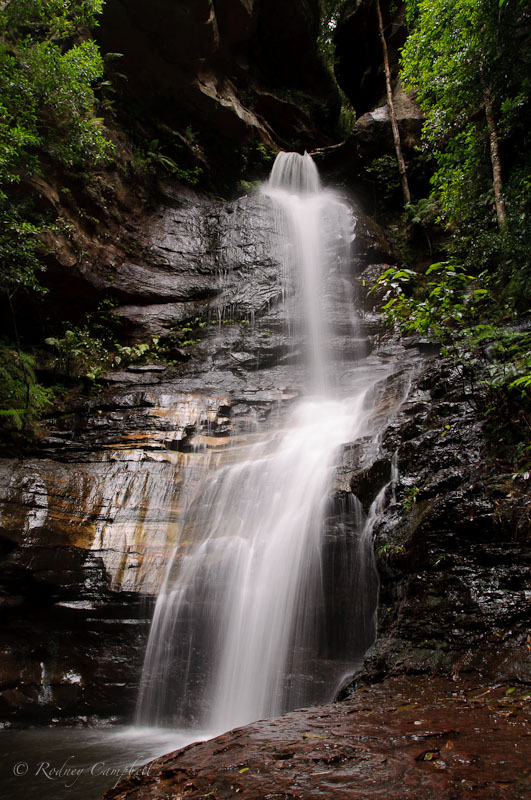
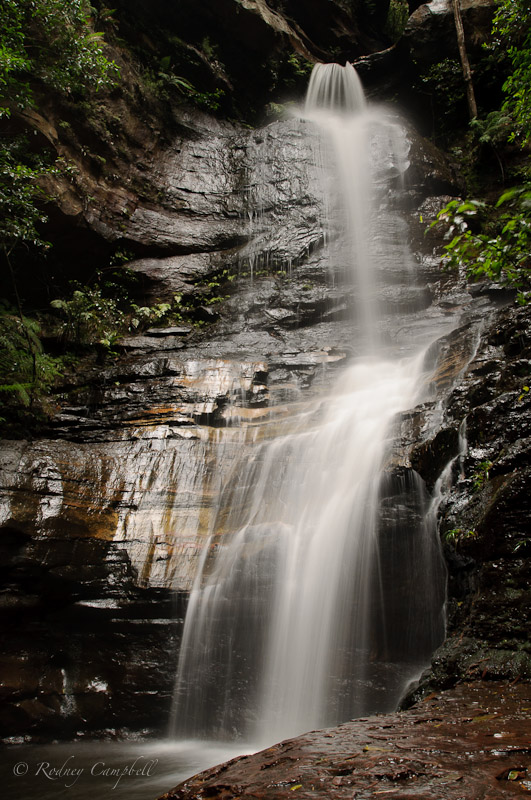
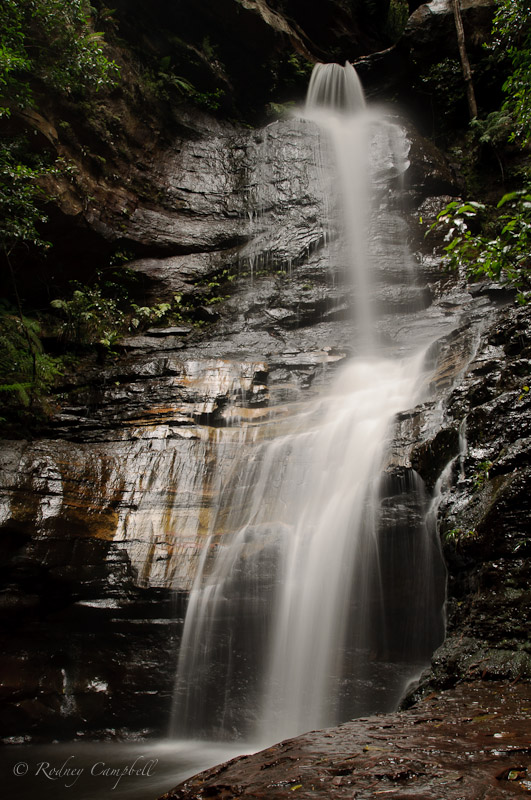
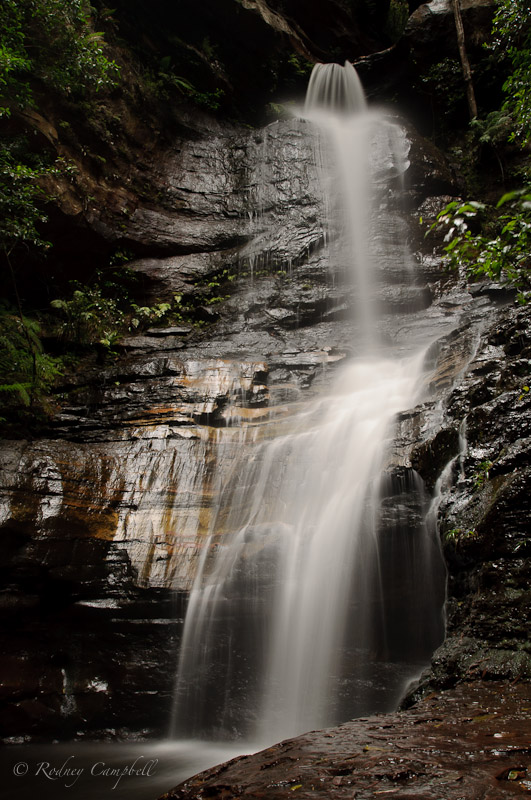
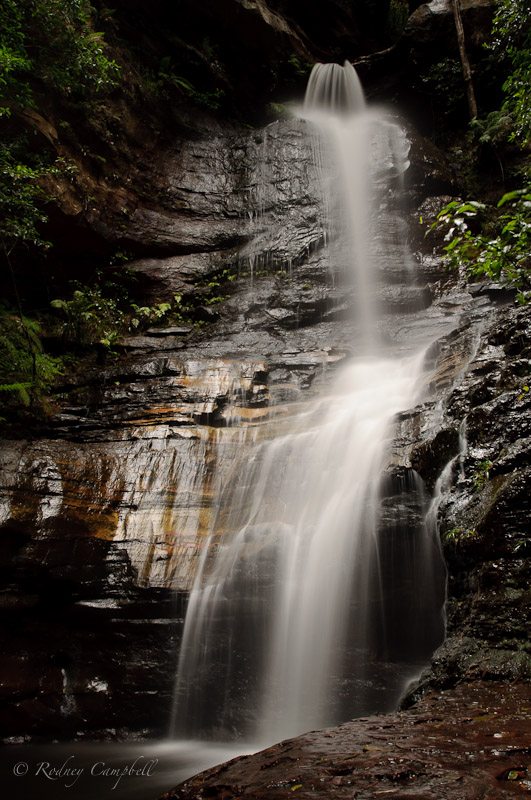
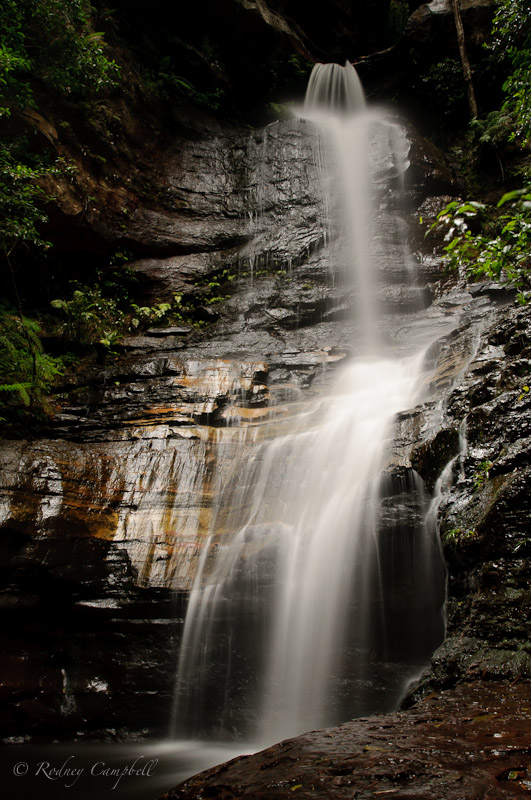
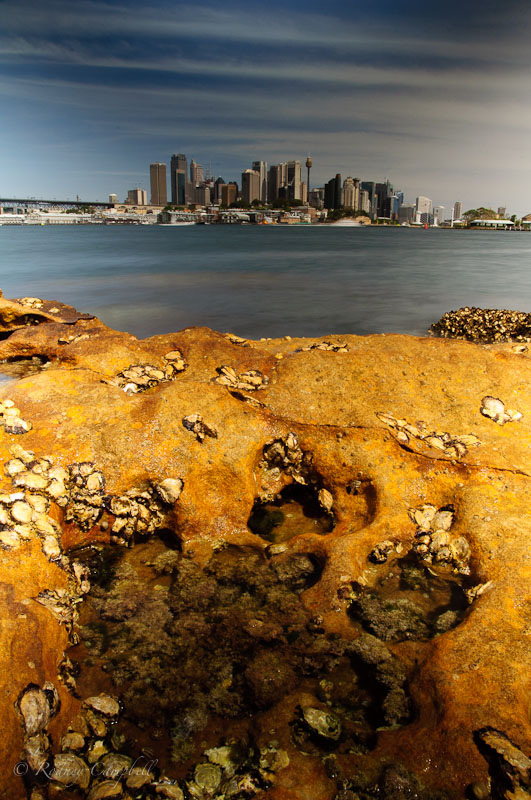

 Reply With Quote
Reply With Quote Add To Bookmarks
Add To Bookmarks


